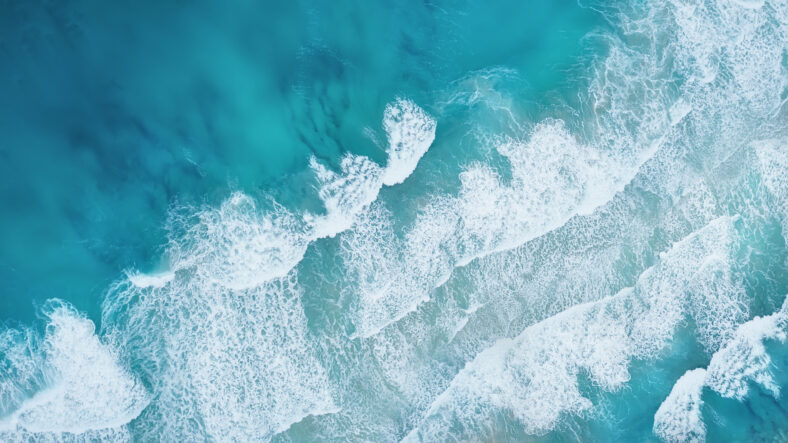An Ancient Sea Predator Was Pregnant With Twins, According To This Rare Fossil

An ancient marine reptile was pregnant with twins when she died, according to fossilized remains of an ichthyosaur from the Cretaceous period.
An ichthyosaur was a predator similar to a dolphin that roamed the seas for most of the Mesozoic era, which took place 252 million to 66 million years ago.
The fossil was first discovered in 2009 in southern Chile’s Torres del Paine National Park. The melting Tyndall Glacier in Chile exposed the remains. A rock saw was used to cut out the entombed fossil.
It was well-preserved and included the six-inch-long skeleton of an unborn fetus. Judith Pardo-Pérez, a paleontologist at the University of Magallanes in Chile, found the fossil when she was still a doctoral student.
She returned to the site a year after the initial discovery was made and noticed strange bones between the ribs of the main fossil, suggesting that a fetus was present.
It was not until 2022 that the pregnant ichthyosaur was excavated completely. The specimen was given the name of Fiona.
Now, the research team has conducted a thorough analysis of the fossil. The ichthyosaur lived about 131 million years ago. It is estimated to have been around 11.5 feet in length.
Its excellent preservation is due to the carcass being buried in sediment right away and low levels of oxygen on the seafloor, slowing down decomposition and preventing scavengers from reaching it. The researchers identified it as Myobradypterygius hauthali, a species previously known from other remains.
The discovery represents the third example of a pregnant ichthyosaur from the Cretaceous period, which occurred 145 million to 66 million years ago.

Sign up for Chip Chick’s newsletter and get stories like this delivered to your inbox.
Pregnant ichthyosaurs dating back to the Jurassic and Triassic periods have been uncovered before, though.
The fetus’ vertebrae measured about 0.6 inches in height. They were large in comparison to Fiona’s size, indicating that M. hauthali gave birth to big babies.
Throughout their evolutionary history, the reproductive strategies of ichthyosaurs have varied. Some earlier ichthyosaurs pushed their newborns out head first, but the orientation of the fetus inside Fiona suggests that M. hauthali delivered its babies tail first. This adaptation is also seen in modern marine mammals like dolphins and whales.
The researchers also came across the remnants of small fishes representing Fiona’s last meal, allowing them to learn more about the dietary habits of these creatures.
Finding direct evidence of the meals that Cretaceous ichthyosaurs consumed is rare because they are usually difficult to determine.
As the team continued to analyze the fossil, they discovered that the ichthyosaur was pregnant with twins. A CT scan helped reveal more details of the skeleton. In the future, they plan to publish their findings about the twins.
The new study was published in the Journal of Vertebrate Paleontology.
More About:News





